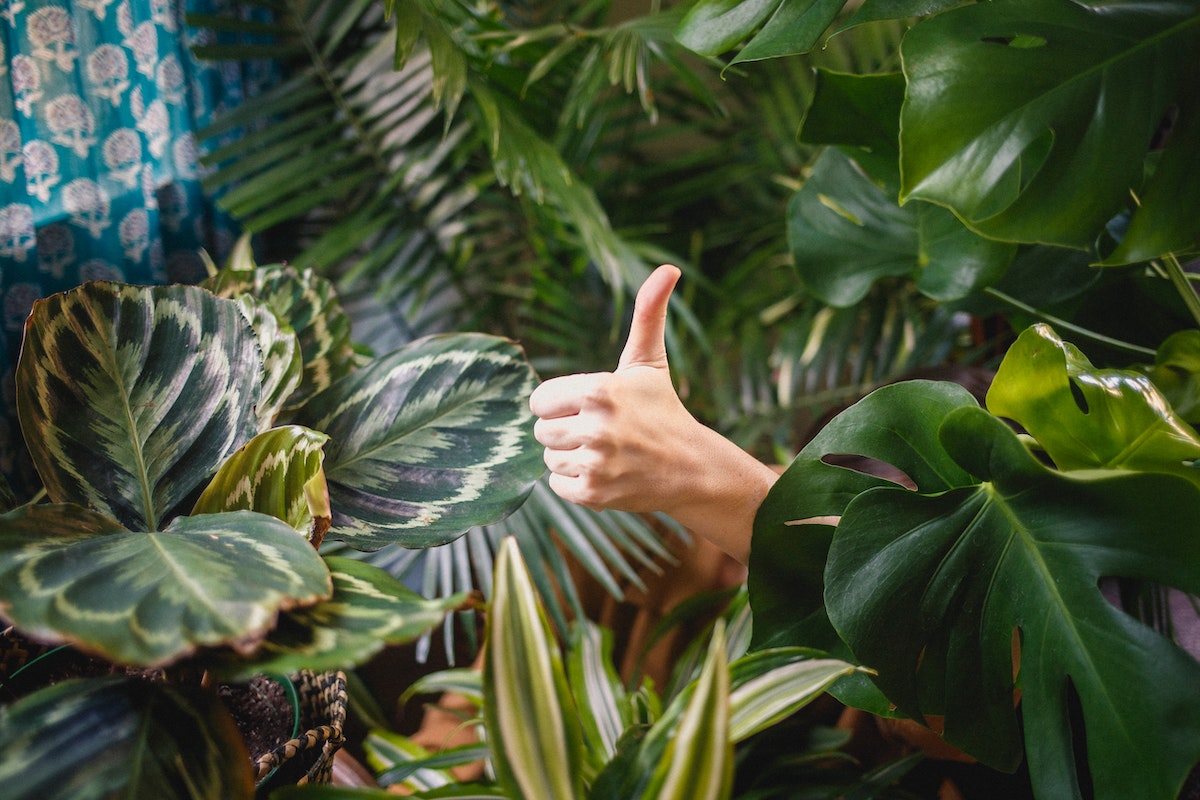Smarty Plants: Four Tips for Indoor Gardening
How to Keep Your Green Friends Happy

With so many of us confined to our homes for the last year and a half, indoor activities and hobbies like bread making, board games, and jigsaw puzzles exploded in popularity. So did indoor gardening. Here are four easy tips to keep your green friends thriving and, well, green.
Location. Location. Location: It’s very important to give your houseplants the proper amount of sunlight in order for them to grow well. Some plants will prosper in low light, while others require bright light. Before picking out a plant, do some research to find out what kind it requires. Keep in mind that sunlight coming through a southern or western window can scorch tender foliage. Also, just because a plant can grow in low light, that doesn’t mean it will thrive in a dark, windowless living room. Gro-Lights can help. Your desk at work under fluorescent lights can be more than adequate for many plants.
Drink up: There is no simple answer to, “How often should I water my plant?” The temperature of the room, the time of year, the type of plant, and, most importantly, what type of medium (soil) it is planted in are all important factors. Some plants like to be kept on the moist side, while others, like cacti and succulents, like to dry out somewhat between waterings. A good rule of thumb for all things green is to water them when the soil in the pot “approaches dryness.” That is, don’t water when the plant is already wet or soggy, but don’t let the roots dry out. The best way to determine this is with your fingers. Gently put them in the soil and use your best judgement. With practice, you will get good at it. I’m not a big fan of moisture meters. You already have 10 of them at the ends of your hands.
Sign up for Indy Today to receive fresh news from Independent.com, in your inbox, every morning.
They are what they eat: Although some potting soils do contain nutrients for plant growth, these nutrients are soon used up or leached out of the soil from frequent watering. Regular feeding with a “natural” or “organic” type of fertilizer will keep your plants growing and flourishing. Generally, it is best to feed your plants only during the months when they are actively growing. Follow label directions, but use much less more often.
Don’t bug me: If you care for your plants properly, they are less likely to get bugs and diseases. Always use the least toxic, most earth-friendly remedies to eliminate pests. Spider mites, for example, thrive on dusty plants, so wash off foliage frequently, including the undersides. If you have those annoying fungus gnats buzzing around the surface of your soil, try using a more porous, less heavy potting soil. To make a homemade insecticide, mix a few teaspoons of liquid dish soap with a quart of water. Spray or wipe the solution onto the leaves and stems of your plants to kill aphids. For harder-to-kill varmints such as a scale, try a dilute solution of horticultural oil, and for mealybug, a Q-tip dipped in rubbing alcohol should do the trick.
Randy Arnowitz, or Mr. Greenjeans as he is known in Santa Barbara, is a gardener and writer who cultivates green thumbs throughout Southern California. See greenjeansmr.com.
Support the Santa Barbara Independent through a long-term or a single contribution.



